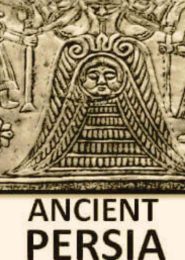Nazi Concentration Camps (1945)
The documentary film Nazi Concentration Camps, produced in 1945, provides a harrowing account of the liberation of Nazi concentration camps by Allied forces during World War II. Directed by George Stevens, the film is a powerful and unflinching portrayal of the horrors witnessed by the liberators as they entered these camps.
The footage, captured by military photographers serving in the Allied armies, serves as lasting objective proof of the atrocities committed by the Nazis. The film was presented as evidence during the Nuremberg trials in 1945 and later in the Adolf Eichmann trial in 1961.
The documentary begins with Army Lt. Col. George C. Stevens, Navy Lt. E. Ray Kellogg, and U.S. Chief of Counsel Robert H. Jackson reading affidavits attesting to the authenticity of the scenes depicted. A map of Europe highlights the locations of concentration camps across various countries.
The film then takes viewers through a camp-by-camp record, revealing the grim reality faced by prisoners. At Leipzig concentration camp, piles of dead bodies lie alongside living Russian, Czechoslovakian, Polish, and French prisoners. Penig Concentration Camp shows Hungarian women and others displaying wounds, while doctors treat patients and U.S. Red Cross workers move them to a German Air Force hospital, where their former captors are forced to care for them.
The footage is graphic and shocking, leaving an indelible mark on both the defendants and the judges. The film includes scenes from the liberation of twelve camps in Austria, Belgium, and Germany, including Leipzig, Ohrdruf, Hadamar, Buchenwald, and Dachau.
Nazi Concentration Camps stands as a solemn reminder of the unspeakable suffering endured by the victims and the importance of bearing witness to history’s darkest chapters.




